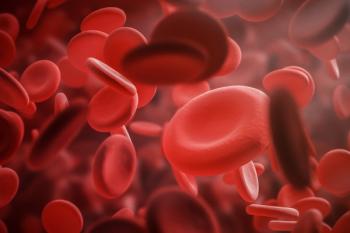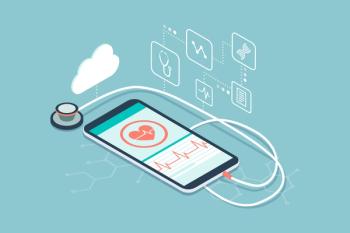
Software eliminates paper orders, improves efficiency
Internet-based paperless pharmacy order management can improve efficiency and enhance patient safety, according to its proponents. "We were determined to get away from paper orders," said Joe Hoffmann, Pharm.D., pharmacy director at 245-bed Wuesthoff Hospital in Rockledge, Fla. "So we searched for something, and what we found is working very well."
Internet-based paperless pharmacy order management can improve efficiency and enhance patient safety, according to its proponents. "We were determined to get away from paper orders," said Joe Hoffmann, Pharm.D., pharmacy director at 245-bed Wuesthoff Hospital in Rockledge, Fla. "So we searched for something, and what we found is working very well."
What Hoffmann and his colleagues bought and implemented is a product called Pharmacy Order Management Systems, or POMS. Its manufacturer, Integrated Informatics in Atlanta, describes POMS as a "paperless, Web-enabled entry program that reduces the errors that come with paper communication while improving the efficiency in interdepartmental communication between nursing and pharmacy stations."
POMS receives medication orders from nurses through fax machines, digital senders, scanners, and e-mail. The software analyzes the order's content using optical character or bar-code recognition, automatically recognizes where the order originated and where it's headed and then routes the order to the proper pharmacy station. There the order is time-stamped, examined by the R.Ph.s for any errors-such as an inappropriate abbreviation, based on Joint Commission on Accreditation of Healthcare Organizations' safety standards-and filled.
Another important POMS attribute enhancing patient safety is that, when necessary, orders are stamped with special instructions, such as STAT or OVERRIDE, and those orders go to the top of the order queue, said Kapali Eswaran, M.D., president and CEO of Integrated Informatics. Override orders, for example, alert R.Ph.s that the new order replaces one or more of the orders awaiting process in the queue-a significant safety feature over paper orders, which are usually stacked on a pharmacist's workstation in the order they are received.
"We designed a system that can automatically prioritize orders," said Eswaran. "Paper STAT orders can get lost in the stack, but not with POMS. The system logs when an order is sent, received, and opened."
Increased accountability is a positive feature, agreed Hoffmann, and so is what he calls "searchability." Orders tagged for unapproved abbreviations, range dosage, and missing information can be quickly located by pharmacy directors through a search for those tags and then pulled for review to discern a pattern, he said. "It enhances our ability to discern patterns," he said. "If a nurse or physician consistently makes the same mistake, we can notify them and the matter is quickly corrected."
Integrated Informatics, founded in 1993, will release version 3 of POMS in November. In this version, the interface between POMS and a hospital's pharmacy information system (PIS) is integrated without needing Health Level 7 (HL7) interfacing. The nonprofit Health Level 7 Organization developed HL7 protocol to provide common grammar and vocabulary so healthcare applications can share clinical data. "The HL7 protocol is an ANSI [American National Standards Institute]-accredited standard and marvelous tool," said Eswaran. "But it is an extremely complex one. We simplify all that."
Newsletter
Pharmacy practice is always changing. Stay ahead of the curve with the Drug Topics newsletter and get the latest drug information, industry trends, and patient care tips.





















































































































































